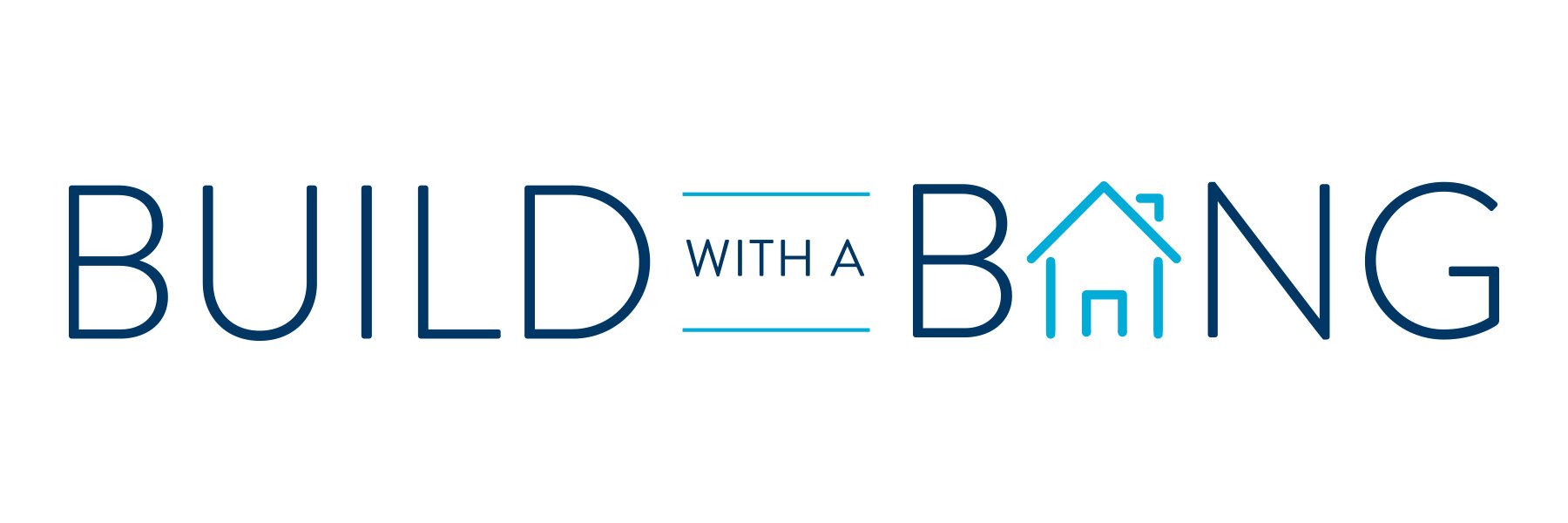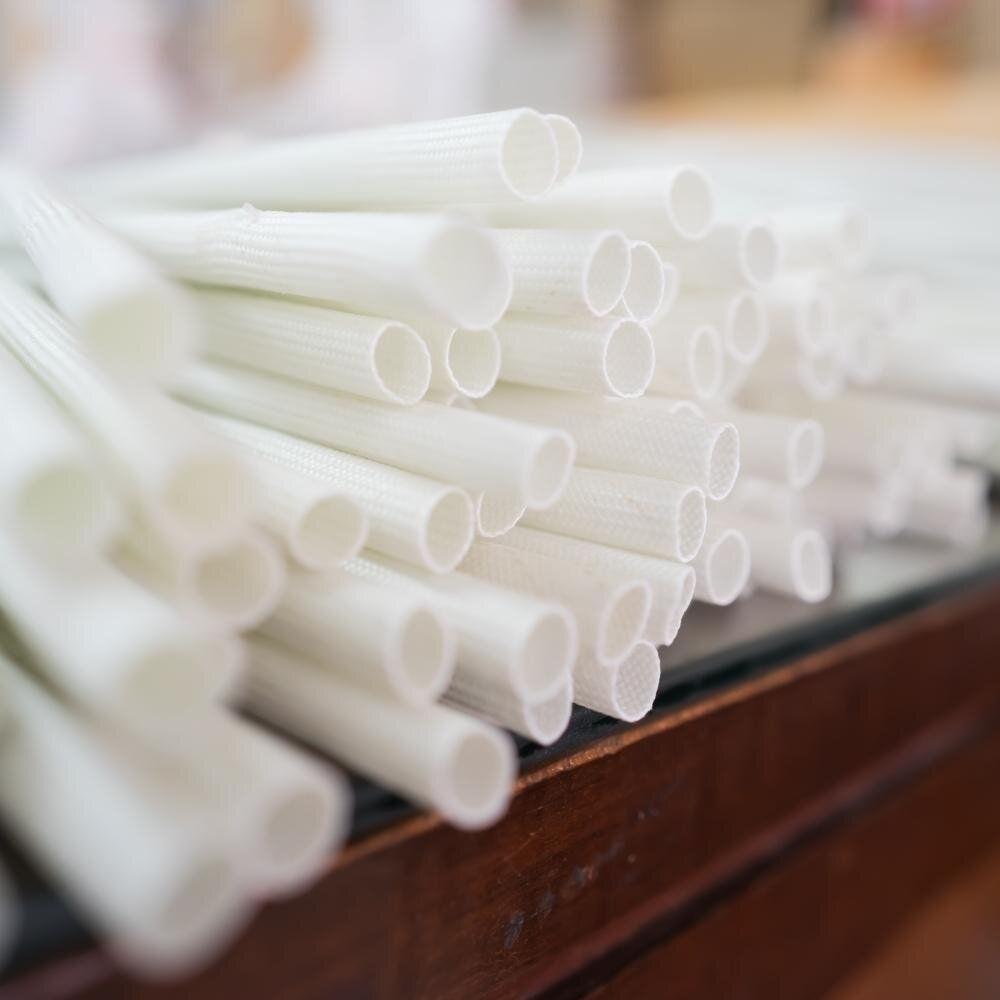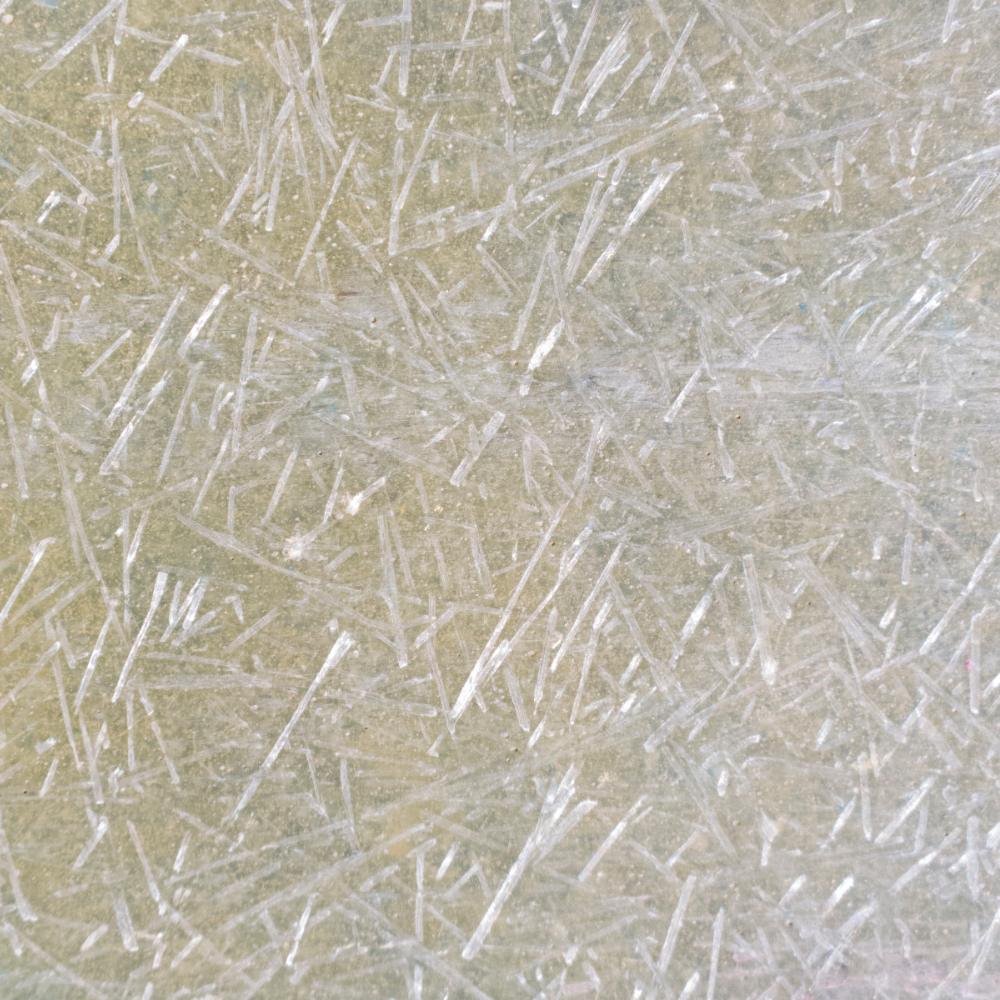Renovating? GRP Materials Will Save You Money
Lumber prices are up, way up! With wood product being so expensive, we thought it would make sense to explore another building product option to help save some money.
As a replacement for lumber, in some circumstances, GRP materials are a great option for cost savings and additional durability.
What is GRP?
GRP: Glass-Fiber Reinforced Plastic
Materials: A composite material comprised of polyester, vinylester or epoxy resin and glass fibers.
Strength: Glass fibers provide strength while the woven resin compound gives GRP material its long lasting, weather proof durability.
How It’s Made: The materials are woven with specialized heated glass. Special electrical and chemical resistant is sometimes used in some products to help protect against weathering and corrosion. All GRP products are custom created, so a mold is required prior to pouring and cooling each mixture.
AKA: Sometimes GRP is referred to as FRP, or fiberglass, but GRP is actually part of a family of products under the FR, Fiber Reinforced Plastics umbrella.
There’s More: GRP can vary by product with the help of glass fibers created from raw materials like sand, limestone, alumina, kaolin, and colemanite. Each of these natural products are ground extremely thin before mixing with resin to create a GRP product.
Lumber, Why So Pricey?
According to the National Association of Home Builders, the price of lumber has jumped for a variety of reasons, mostly related directly or indirectly to the pandemic. In addition to less efficient staffing or just completely shuttered lumber mills, the output of product has slowed. New homes starts are way up versus earlier in the year, and that means higher demand for lumber.
Inversely, money once set aside for vacations and travel is now being used for home improvement projects. Urban home owners lacking in space, or even some current home owners in smaller than ideal homes are building new homes where they can find land. All of these demands are putting the squeeze on natural materials, and lumber is at the top of the list.
But, there are alternatives to lumber that can be incorporated in to home renovation projects that will increase durability and save money. GRP won’t replace the need for lumber when it comes to home building, but if you usually prefer wood-built railings or decking, we may have found you a new alternative.
How GRP Is Made
Once the glass fibers are mixed with the resin products the newly formed GRP product becomes a hard, durable material. After drying in the mould, the new product is cooled and ready to go.
The new molded GRP product contains the strength of the fiberglass with the durability of plastic. Each type of molded GRP product’s strength and durability will vary based on the design, density and distribution of the glass fiber within the product.
Manufacturers start with a resin base, and add a chemical compound to harden the resin. Glass fibers are mixed-in during this process to help strengthen the material. The glass fibers are usually added in the form of woven mats, but sometimes long, thin or chopped strands are used.
GRP at Home
GRP can be a great alternative to wood.
It’s a strong material
Highly durable
Lightweight
Does not conduct electricity
Non-corroding
GRP offers some significant advantages over other materials like metals, concrete, steel, or even other man made products like nylon.
Why Is GRP Used In Building?
Longevity and durability
Low maintenance
Moisture resistant
Weather, heat, and chemical resistant
Easy to make
Sustainable
Resistant to insect infestation where termites or other insects might be harmful to structural integrity
Recyclable – GRP waste can be reprocessed
GRP Products Around The Home
Exterior siding and cladding
Exterior door framing
Exterior columns
GRP/Fiberglass roofs and roofing
Chimney caps
Exterior porticos
Dormer window Surrounds
Cladding
Siding
Flu covers
Brick resurfacing



